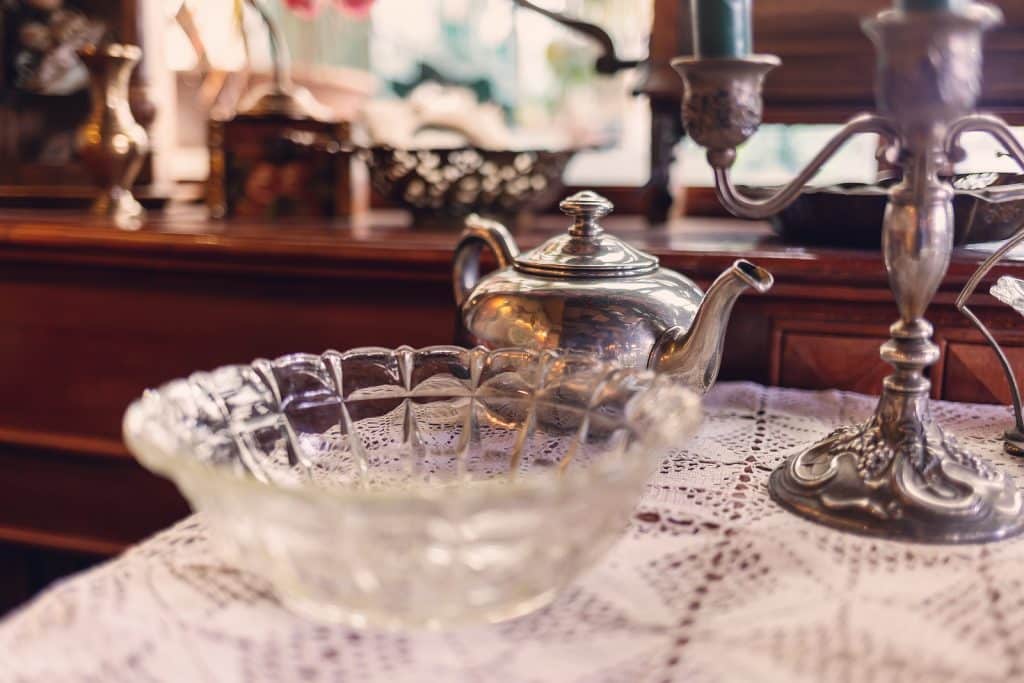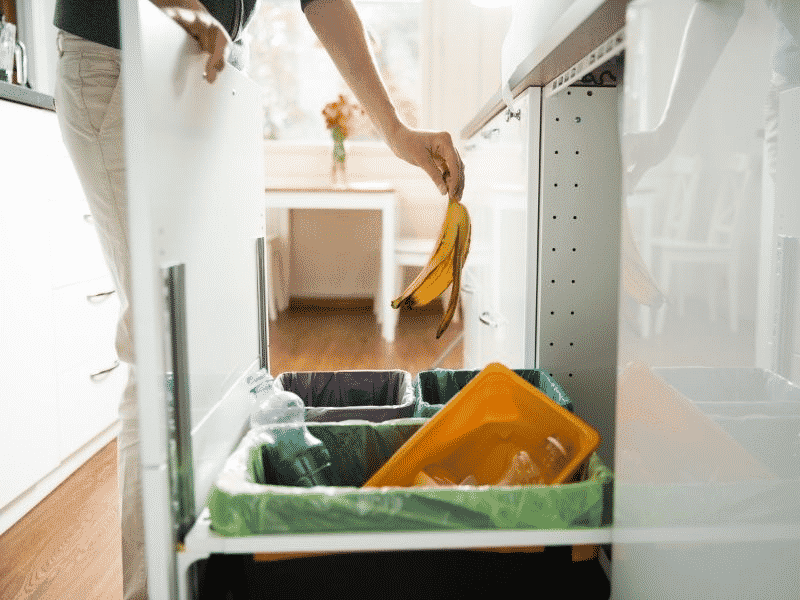Have you ever visited an auction house and wondered how to distinguish between quality and cheap items? If so, you’re not alone. With so many things up for grabs, it can be challenging to spot the best deals or determine what is of genuine value. The good news is that you can use a few essential tips to avoid being duped by low-grade products that don’t hold their worth. Here, Anwar Khan Auctions will look at how to identify antique pieces from more recent knockoffs and recognize valuable items amongst the heap of inferior goods.
Table of Contents
Learn the Difference Between “Antique” and “Vintage” Items
There is often confusion between the terms “antique” and “vintage” when describing older items. While both terms refer to items from the past, they are not interchangeable. Antiques are typically defined as items at least 100 years old, while vintage items are usually between 20 and 100 years old. Understanding the difference between these terms can help collectors and enthusiasts better identify and value the items they come across. Whether it’s a unique piece of furniture or a rare fashion accessory, knowing the age and history of an item can add an extra layer of appreciation and value. So next time you’re at a flea market or antique shop, pay close attention to the age and terminology used to describe certain items. You never know what treasures you may uncover!

Identify the Quality of Materials Used
When creating something that will last, the materials’ quality is critical. Whether it’s building a bridge or a piece of furniture, the materials determine durability and functionality. Sometimes it can be challenging to decide on the material’s quality, but it is worth it to research and educate oneself. High-quality materials may cost more upfront, but they save money in the long run by eliminating the need for constant repairs or replacements. By paying attention to the materials’ quality, we can ensure that our creations will be of the highest standard possible.
Look at the Workmanship of the Item
When purchasing an item, we all know that appearance can play a significant role in deciding whether or not we buy it. But the quality of the item itself can often go overlooked. It’s essential to take a closer look and examine the details – see how it’s put together, the quality of the materials used, and how well everything fits and works together. After all, artistry determines the product’s longevity and durability. So next time you’re out shopping, don’t just focus on what the item looks like – take a few extra seconds to inspect the artistry and ensure you’re getting a high-quality product.

Avoid Auction Items That Are Too Good to Be True
When attending an auction, getting caught up in the excitement of bidding and trying to snag a great deal is easy. However, it’s essential to be cautious and avoid auction items that seem too good to be true. If an item is priced much lower than its market value or has suspiciously little information or background provided, there’s a chance it could be a fake or a scam. It’s better to research beforehand and only bid on items you’re confident are legitimate and worth your money. Remember, it’s always better to be safe than sorry in any bidding situation.
Compare Prices of Similar Items Before Bidding
Anwar Khan Auctions says before placing a bid on an item, it’s essential to take the time to research and compare prices of similar items. This can help you avoid overpaying and get the best deal possible. By doing a quick search online or checking out other auction sites, you can easily find out what similar items have sold for in the past. It’s also a good idea to read the item descriptions carefully to see if any subtle differences may affect the value. Remember, taking the time to research can lead to significant savings in the long run, so don’t be afraid to do extra work before placing your bids.

Check for Damage or Repairs Needed on Older Pieces
There’s something special about owning older pieces of furniture or decor. Maybe it’s the history and character that comes with them, or perhaps it’s the satisfaction of giving new life to something that’s stood the test of time. Whatever the reason, if you have some vintage pieces in your home, you must give them the TLC they need to stay in good condition. Regularly checking for damage or repairs can help ensure your older pieces remain functional and beautiful for years. By assessing and addressing any issues, you’ll preserve your beloved vintage items for present and future enjoyment.
Conclusion
Whether buying antique items at an auction, in person from a shop, or online, it pays to do your research. Knowing the difference between “antique” and “vintage” pieces, investigating the quality of materials used, and looking at the item’s quality can help ensure you find a valuable item. Avoiding auction items that seem too good to be true, comparing prices for similar items before bidding, and checking for damage or repairs old pieces need is also essential. Doing these things will help ensure you don’t overspend while finding an antique or vintage work that will bring value to your collection or home decor. Take your time when shopping for antiques or vintage items; it could mean the difference between securing a great piece at a reasonable price and having buyer’s remorse down the road.
Read more – How To Buy A Car At Auction








